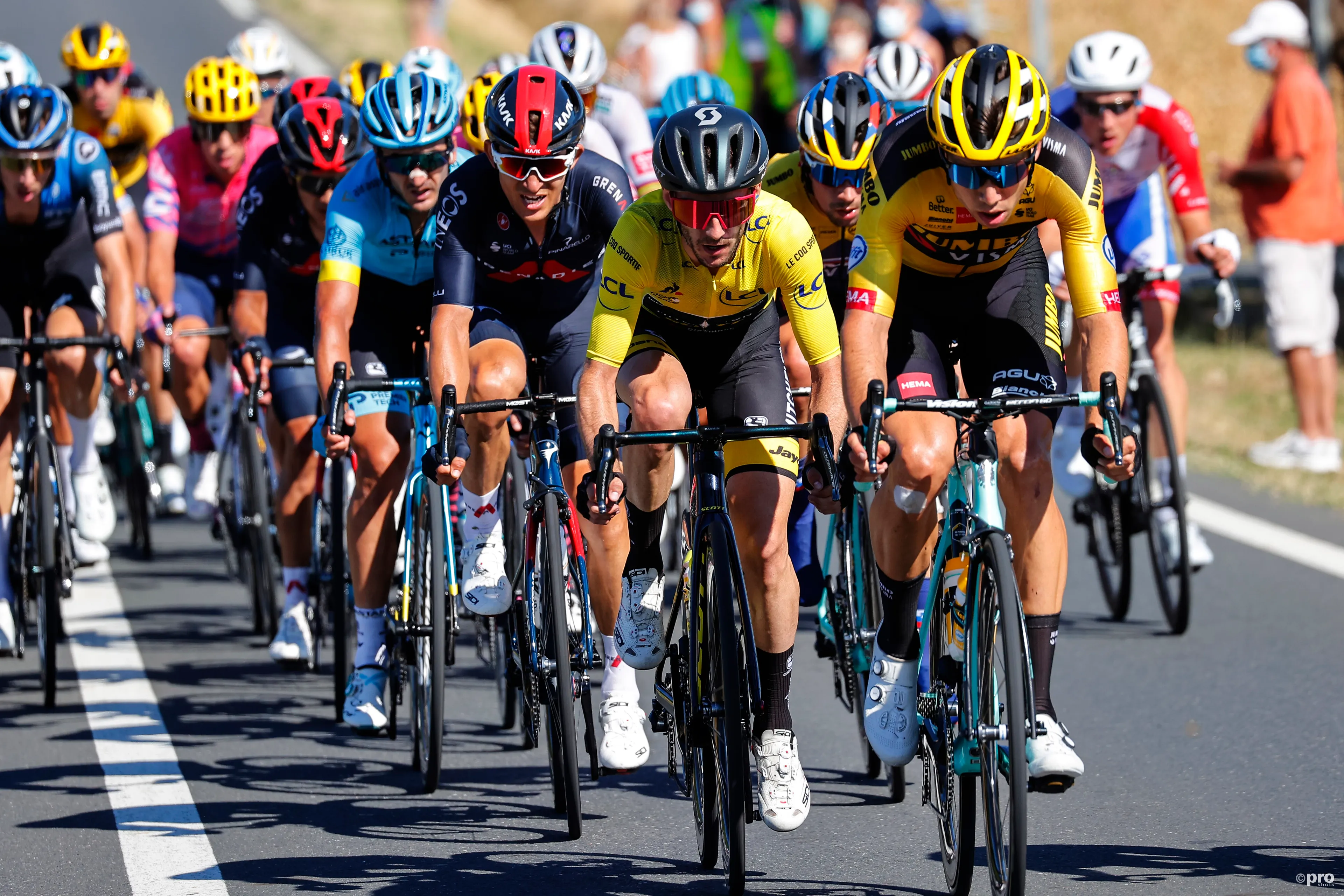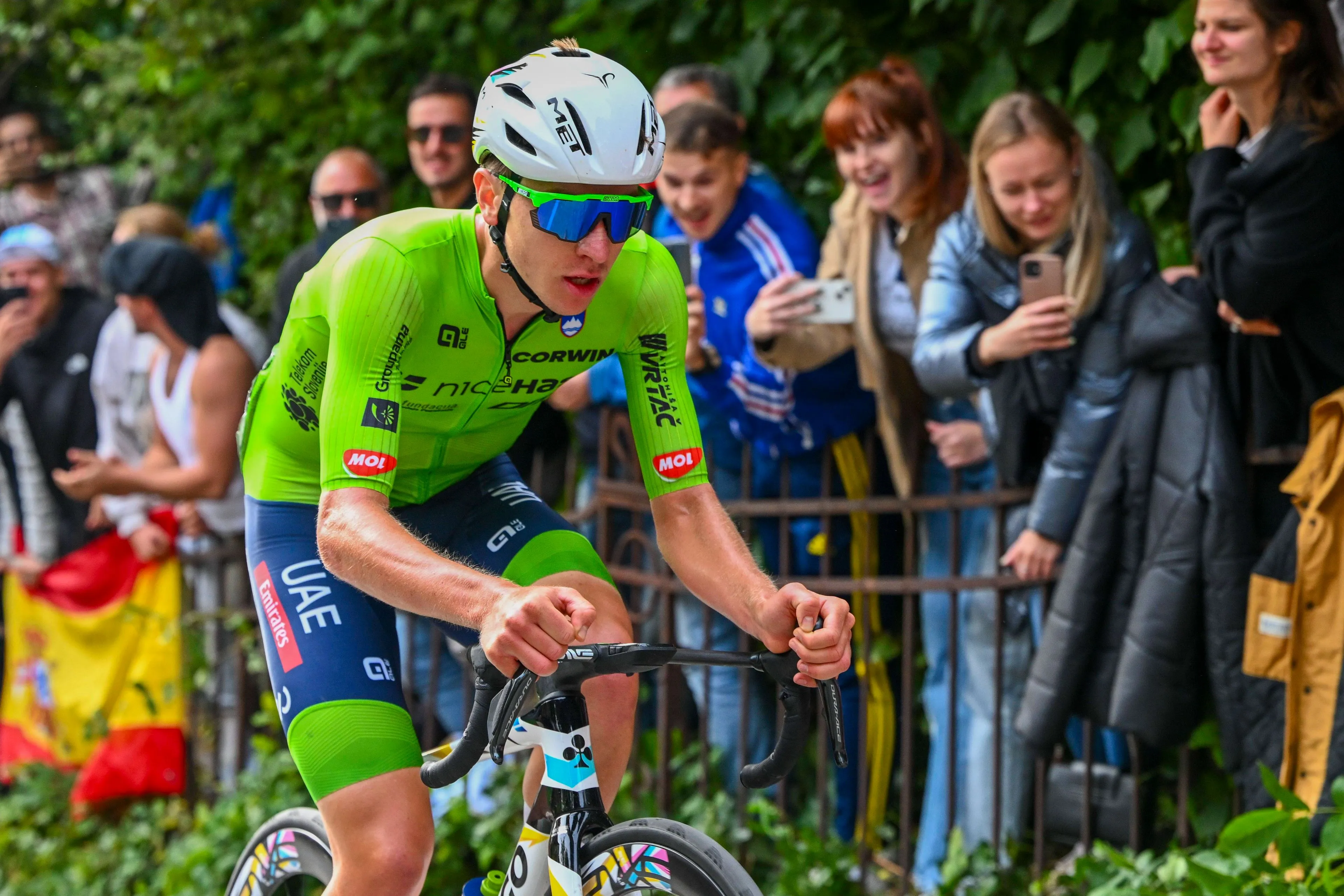The Grueling Stages of Vuelta a España: A Cyclist's Ultimate Test
Other
Cycling fans from around the world can easily recall the Tour de France, but what about the Vuelta a España? Following on from Jonas Vingegaard's scintillating victory on the Champs-Élysées, few major road races remain on the 2023 calendar. One of the few remaining races however is a big one, the jewel in the crown of Spanish cycling, and the contest promises to be an exciting affair.
The three-week-long extravaganza is one of the most demanding and captivating cycling events and is eagerly anticipated each and every campaign, taking place in the gorgeous landscapes of La Piel de Toro, with challenging routes and high-altitude climbs. Every year, the world's finest including the likes of Yellow Jersey winner Vingegaard and British veteran Geraint Thomas, all compete for glory. And those three as well as 140 other riders will be in action from August 26th to September 27th, putting their endurance to the test.
It will come as no surprise that the best sports betting sites in Canada currently make the reigning Tour de France champion the favorite for glory in neighboring Spain. He is currently priced at +120 (2.20) to take home the Red Jersey. With the three-week epic just around the corner, we decided to take a more in-depth look at some of the more grueling sections of the Vuelta a España.
Stage 13
In its debut appearance on the Spanish tour, this Pyrenean creature has become an iconic feature of the Tour de France, witnessing thrilling battles amongst elite riders. Dating back to 1910, Tour founder Henri Desgrange challenged the cyclists with unpaved roads, and the first conqueror, Octave Lapize, expressed his disapproval with the officials waiting at the peak.
Stage 13 of this year's Vuelta predominantly takes place across the French border. With its constant fluctuations, the route tests the riders' endurance, starting with the challenging ascents of Col d'Aubisque and Spandelles before reaching the daunting slopes of Tourmalet. Despite its relatively short length, the course covers over 4km of elevation within 134km, making it brutally demanding.
Commencing from Luz St Sauveur in the western direction, the riders confront a grueling 19km climb at an average gradient of above 7%. The intensity significantly increases in the final three kilometers, where all ascents exceed 10%, offering an exhausting climax for weary legs.
The most recent triumphant cyclist on this tremendous stage within a Grand Tour was Thibaut Pinot, who accomplished the feat during the 2019 Tour de France, securing the victory with an impressive time of 48.03.
Stage 17
The Asturian monster has gained a reputation as the toughest ascent in professional cycling, and it's not hard to see why. Its steep gradients, reaching a maximum of 24%, have made it famous. Professional riders have been using compact chainsets and large gear ratios on this climb since as early as 2008 when such setups were uncommon in consumer road bikes. Legend of the game Alberto Contador has tasted success on this climb before, but who will follow in his footsteps?
Beginning from La Vega village, the Angliru covers a distance of 13km with an astonishing average gradient of just over 9%. The ascent starts off relatively easy, however, in a climb known for its intensity, this mild start only foreshadows the challenges to come. And indeed, the following six kilometers average a punishing gradient of almost 14%, with the 11th kilometer being particularly brutal, averaging a whopping 17.5%.
The Angliru made its debut in the Vuelta a España in 1999, and the most recent rider to triumph on its slopes was Hugh Carthy of Britain's EF Pro Cycling team in the 2020 race, leaving Richard Carapaz and Enric Mas behind in his wake.
Stage 18
Capping at a mere elevation of 845m above sea level, it would be simple to disregard the Cruz de Linares, a newcomer to the Vuelta. However, do not underestimate its significance, for by the time the riders complete stage 18 after almost three weeks of fierce competition, its inclines will be etched deep within their minds.
Ascending from the southern side, its slopes commence at a lowly 130m altitude, hence it is no surprise that the average gradient stands at a daunting 9% over its concise nine kilometers. Additionally, the steepest sections reach an intense 18% incline, demanding only the most sturdy riders to conquer it. Not only must the peloton confront its challenges once, but twice in succession, before ultimately triumphing at the summit, concluding the eventful climbing segment of this year's race.
Conclusion
As the competition moves from one stage to another and each ride gets progressively more rigorous than the last, the riders’ strength and stamina will be pushed to their limits. It's an incredible feat to complete these stages of the Vuelta a España, let alone win the race. The battle for the red jersey is on
Just in
Popular news
Latest comments
- The point is obvious: MVDP can beat Tadej on CX/Road and Tadej cannot. What is so hard to understand???averagecyclist22-12-2024
- Funny... one doper enabler backing the doper he enabled ! Who would have guessed.frieders322-12-2024
- Wouldn’t be here if I wasn’tMistermaumau22-12-2024
- So you're bored, got itvappaxbipmv22-12-2024
- Does everything need to have a point? If so, 99% of the internet should be wiped away. In relation to recent articles with quotes from other riders, my statement points to the ever more obvious reason why they are asked to comment on the effect of his return.Mistermaumau22-12-2024
- If anyone would be interested enough to launch an official survey as to who out of these three should shut up, I don’t know who’d win but I’m due Boonen would be way back in 3rd place.Mistermaumau22-12-2024
- And your point is what exactly?vappaxbipmv22-12-2024
- MVDP dominates this sport even more than Pogaçar dominates road racing. Also he can beat Tadej on the road quite regularly, the opposite is unlikely.Mistermaumau22-12-2024
- If you listen to team radios you'll hear each DS telling their riders to ride faster, fight their way to the front, and all occupy the same 8 places.Sweep22-12-2024
- You're talking about a sport where equipment and clothing is measured in grams.Sweep22-12-2024







